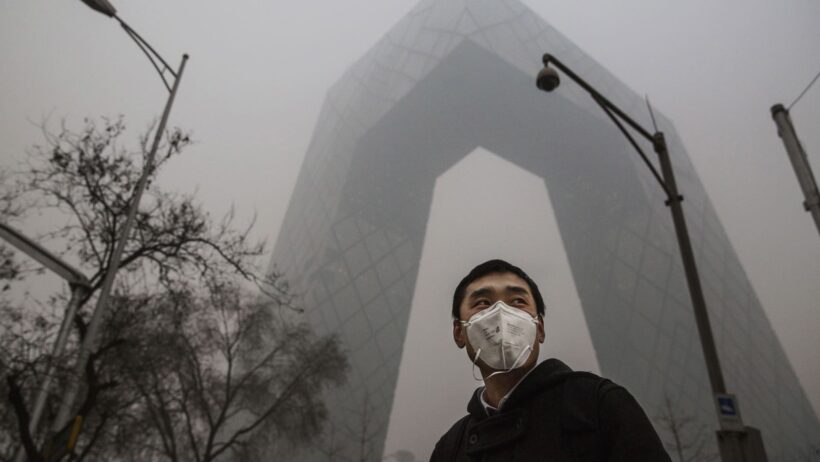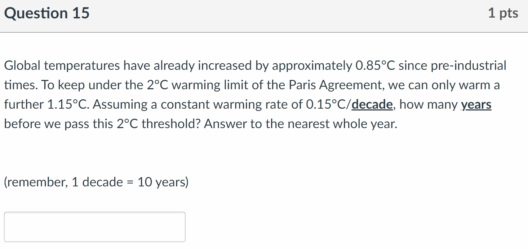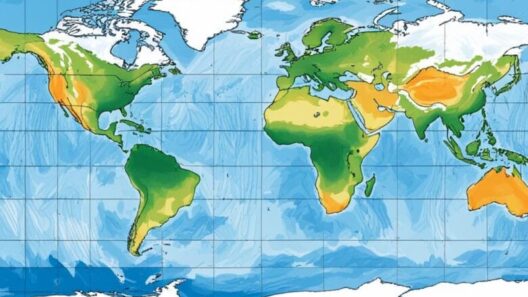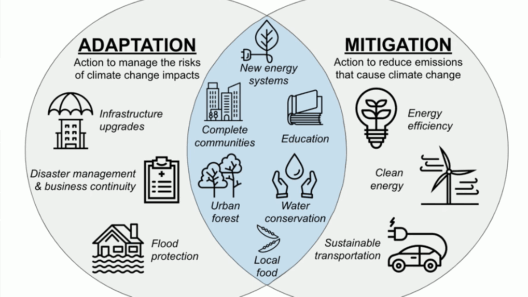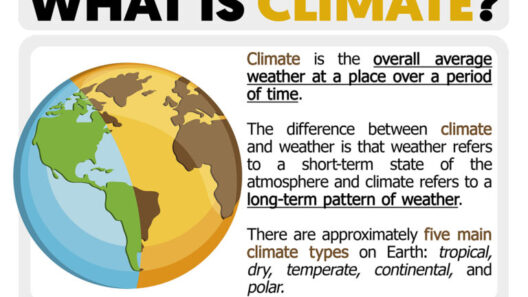The Paris Climate Agreement, often referred to simply as the Paris Agreement, represents a monumental commitment by nations worldwide to combat climate change. Adopted during the UN Climate Change Conference (COP21) in December 2015, this legally binding international treaty aims to limit global warming to well below 2 degrees Celsius, with aspirations to cap the increase at 1.5 degrees Celsius. This ambitious objective reflects the urgent need to mitigate climate change’s most severe impacts on ecosystems, economies, and communities around the globe.
Understanding the intricacies of the Paris Agreement requires delving into its foundational principles and salient features, which serve as guiding tenets for participating nations.
The Importance of Climate Action: A Global Consensus
Climate change, driven predominantly by human activities such as fossil fuel consumption, deforestation, and industrial processes, poses existential threats to natural systems. The Paris Agreement epitomizes a collective acknowledgment of this pressing challenge. Not only does it underscore the exigency of transitioning to low-carbon economies, but it also reinforces global solidarity in addressing the ramifications of climate change, redistributing responsibility and action.
In essence, the Paris Agreement embodies a social contract among the global community. Each country bears a share of accountability, and while obligations may vary, the shared goal remains constant: to foster sustainable practices that can curb greenhouse gas emissions effectively.
Key Objectives: Striving for a Sustainable Future
At its core, the Paris Climate Agreement encompasses several pivotal objectives:
1. Limiting Global Temperature Rise
A primary aim of the Agreement is to limit the rise in global temperatures to well below 2 degrees Celsius above pre-industrial levels. This target is essential for curtailing the more catastrophic impacts of climate change, which may include severe weather events, rising sea levels, and biodiversity loss. The 1.5 degrees Celsius target is particularly crucial for vulnerable countries and ecosystems.
2. Nationally Determined Contributions (NDCs)
Each party to the Agreement is tasked with presenting its Nationally Determined Contributions, or NDCs—essentially climate action plans that outline how countries intend to meet the overarching climate goals. These plans must evolve over time, reflecting increasing ambition and transparency, reinforcing the dynamic nature of international cooperation.
3. Financial Support and Climate Justice
Recognizing that climate change disproportionately affects developing nations, the Paris Agreement acknowledges the need for financial assistance. Wealthier nations are committed to mobilizing $100 billion annually by 2020 to support climate action in developing countries. This financial component underscores the principle of climate justice, advocating for equitable resource distribution to facilitate sustainable development.
4. Long-term Goals and Adaptation Strategies
Beyond mitigation, the Paris Agreement emphasizes the importance of adapting to climate change impacts. The long-term goals encompass enhancing resilience in vulnerable regions, safeguarding food security, and promoting community-based adaptation strategies.
Mechanisms for Accountability: Ensuring Transparency and Compliance
To ensure progress and accountability, the Paris Agreement incorporates specific mechanisms:
1. Global Stocktake
Every five years, a global stocktake will assess collective progress towards the Agreement’s goals. This accountability system allows for transparency and is pivotal in refining and enhancing the ambitions of individual NDCs.
2. Enhanced Transparency Framework
The Agreement mandates that countries report on their emissions and progress transparently. This framework allows for the public and other nations to scrutinize commitments and achievements, fostering an environment of trust among participating states.
3. Participation and Inclusivity
The Paris Agreement prioritizes inclusivity, encouraging participation from subnational entities, indigenous groups, and the private sector. This multi-faceted approach broadens the base of climate action, recognizing that effective change transcends governmental initiatives alone.
Challenges Ahead: Barriers to Implementation
Despite its optimism and promise, the Paris Agreement faces several formidable challenges:
1. Political Will and Commitment
The success of the Paris Agreement hinges on the resolve of individual countries to fulfill their commitments. Political shifts, especially in key nations, can derail progress and jeopardize collective efforts.
2. Financial Gaps
The commitment to mobilize funds for climate action in developing nations remains a significant hurdle. Without sustained financial support, many vulnerable countries may struggle to implement necessary measures for adaptation and mitigation.
3. Technological Equity
Access to green technology is unevenly distributed across the globe. Levelling the playing field in technology transfer is critical to expanding capabilities and accelerating the transition to sustainable practices.
Conclusion: A Call to Action
The Paris Climate Agreement stands as a beacon of hope amidst the daunting realities of climate change. Its ambitious goals and inclusive approach illuminate a path forward, yet realizing its vision requires unwavering commitment from all stakeholders. As citizens of the planet, there is a collective responsibility to advocate for policies, support sustainable initiatives, and engage in meaningful discussions that will drive action. The stakes are high, but through cooperation and determination, a sustainable, equitable future is within reach.

